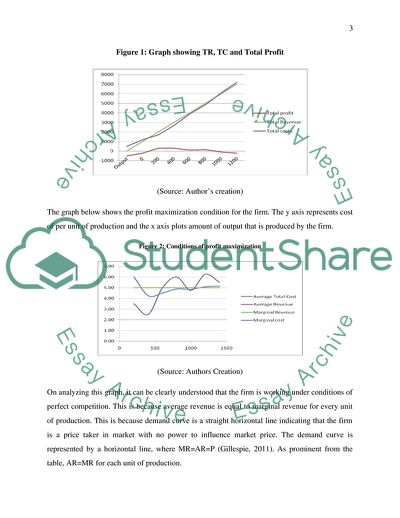Cite this document
(Financial economics Essay Example | Topics and Well Written Essays - 3000 words, n.d.)
Financial economics Essay Example | Topics and Well Written Essays - 3000 words. https://studentshare.org/finance-accounting/1830248-financial-economics
Financial economics Essay Example | Topics and Well Written Essays - 3000 words. https://studentshare.org/finance-accounting/1830248-financial-economics
(Financial Economics Essay Example | Topics and Well Written Essays - 3000 Words)
Financial Economics Essay Example | Topics and Well Written Essays - 3000 Words. https://studentshare.org/finance-accounting/1830248-financial-economics.
Financial Economics Essay Example | Topics and Well Written Essays - 3000 Words. https://studentshare.org/finance-accounting/1830248-financial-economics.
“Financial Economics Essay Example | Topics and Well Written Essays - 3000 Words”. https://studentshare.org/finance-accounting/1830248-financial-economics.


